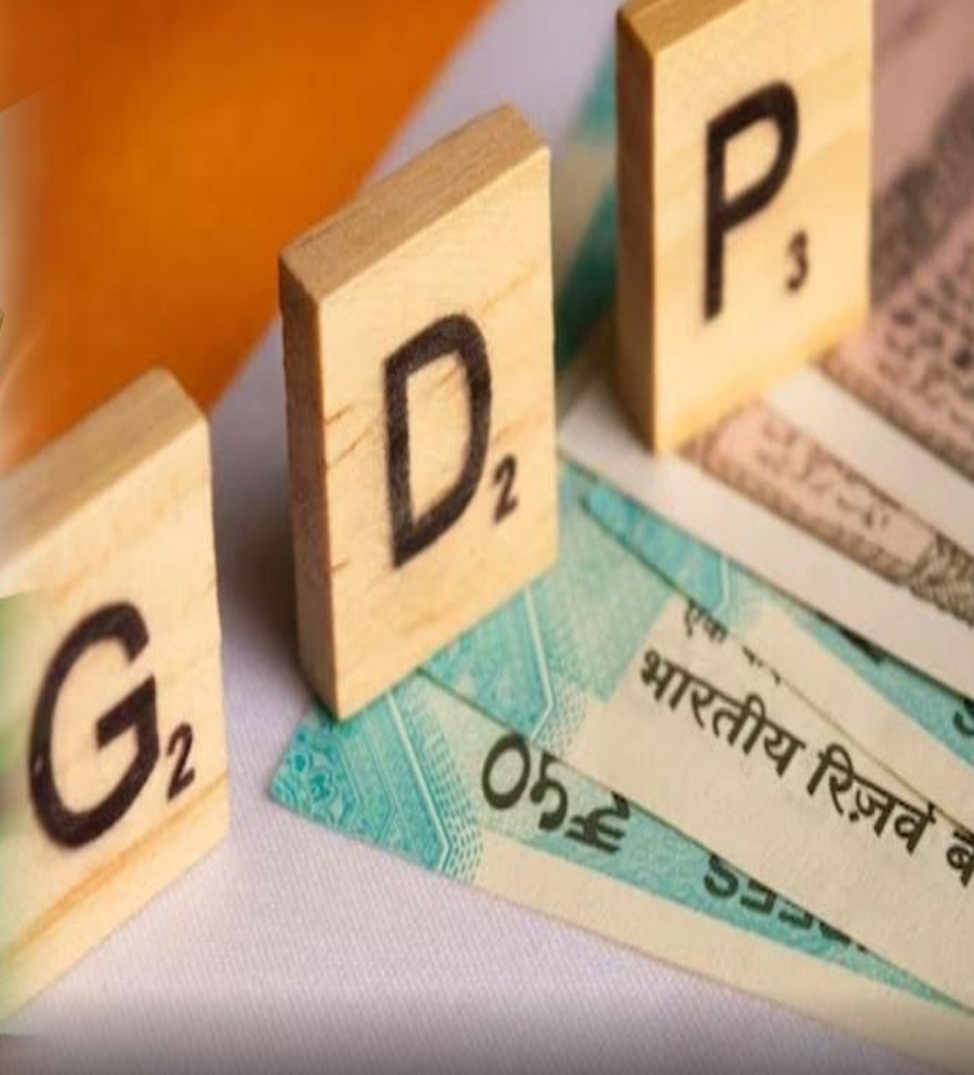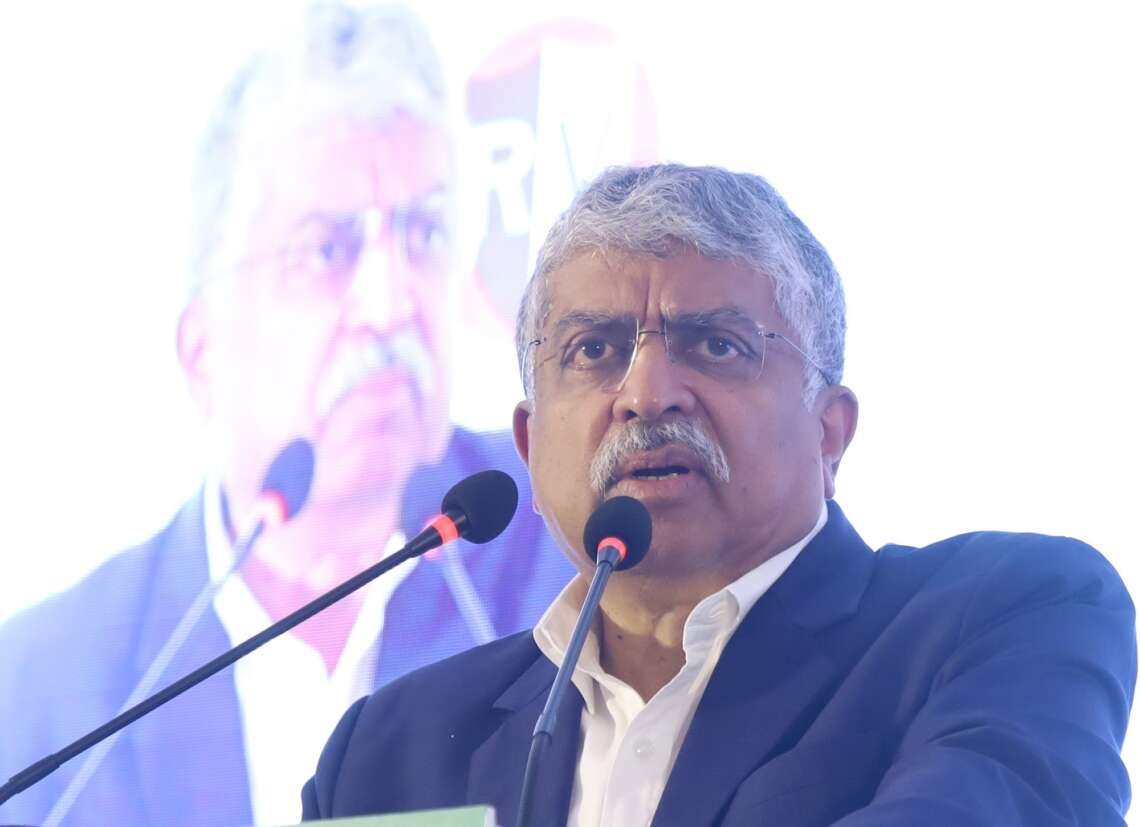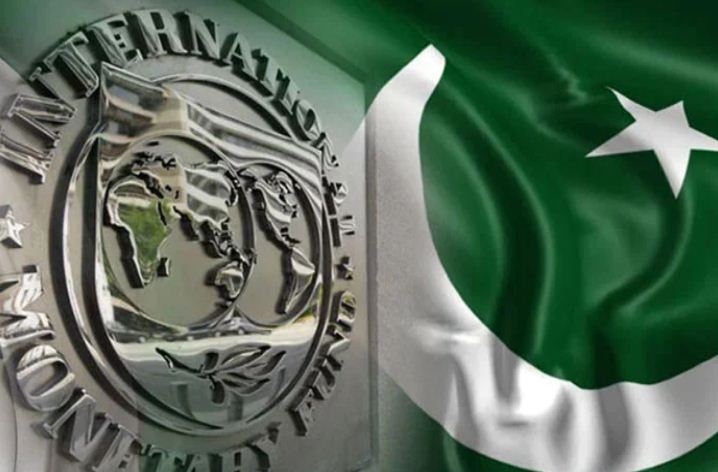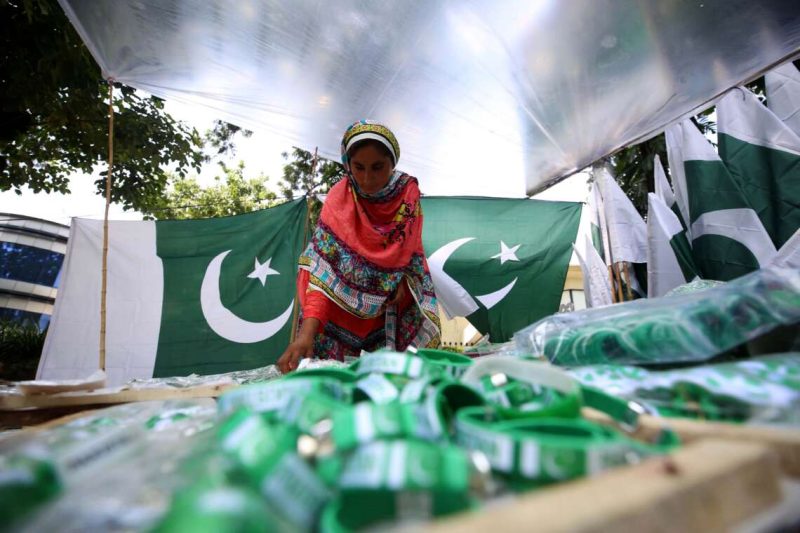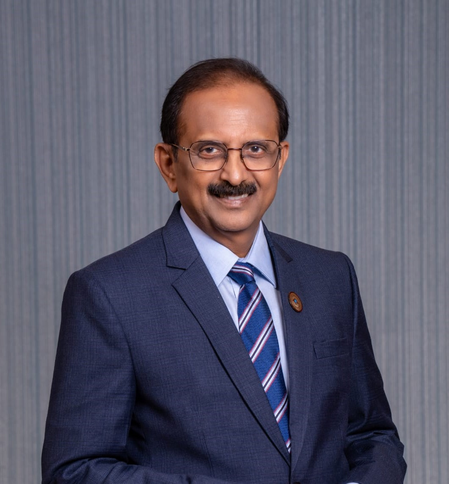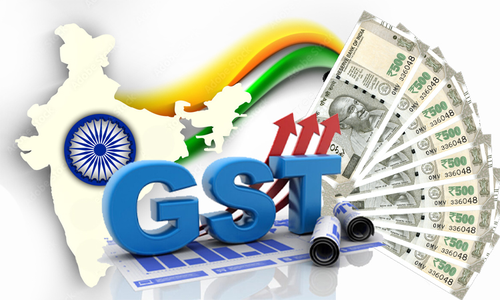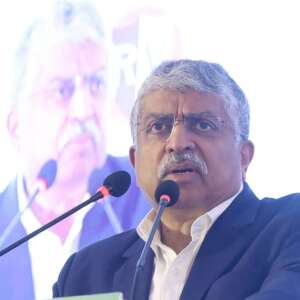India has already surpassed 4.78 lakh 5G Base Transceiver Stations as of March 2025, contributing to a total of over 30 lakh telecom BTSs nationwide
Amid global economic turbulence, driven by disruptions in trade and evolving geopolitical tensions, India’s economy stands out as a beacon of resilience and transformation. A confluence of factors — including a vast domestic market, rising digital infrastructure, robust services sector, and strategic policy initiatives — has placed the country on a stable growth trajectory despite external shocks.
According to a Moody’s report released on Wednesday, India is better positioned than many global economies to withstand disruptions in global trade, especially following the recent US tariff turmoil. The credit rating agency highlighted the limited exposure of India’s economy to global goods exports and its strong domestic consumption base as major buffers shielding it from weakening external demand.
“India’s large domestic economy and limited exposure to global goods trade puts it in a stronger position to absorb external shocks,” Moody’s stated. The report underscored that government-led infrastructure investments and initiatives aimed at boosting private consumption further enhance this buffer.
While certain sectors, such as automobiles, may feel the pinch due to their export links with the US, the broader economy is supported by India’s flourishing services sector, which continues to exhibit robust growth. The banking sector also shows strength, with adequate liquidity available to support expanding credit demand, helping sustain momentum in both investment and consumption.
Digital Economy Surge Redefines India’s Growth Frontier
At the heart of India’s economic transformation is the remarkable evolution of its digital economy, which the Digital Infrastructure Providers Association (DIPA) projects will reach $1 trillion by the end of 2025. This digital revolution is redefining connectivity, making it central to sectors such as healthcare, education, agriculture, and urban development.
India has already surpassed 4.78 lakh 5G Base Transceiver Stations as of March 2025, contributing to a total of over 30 lakh telecom BTSs nationwide. But beyond the impressive numbers lies a deeper transformation — the emergence of what experts call “ambient intelligence”. According to DIPA Director General Manoj Kumar Singh, this represents a shift from basic connectivity to intelligent, adaptive systems that enhance everyday life.

“In healthcare, connected living has revolutionised patient monitoring through IoT medical devices that transmit vital data to AI systems capable of detecting anomalies hours or days before they become clinically apparent,” Singh said. Rural regions that were once underserved are now benefiting from telemedicine, linking them to specialised care in real time through robust digital infrastructure.
In agriculture, the impact is equally significant. Precision farming techniques, empowered by networks of sensors and AI-driven systems, are improving crop yields while reducing resource use. Farmers have reported an average 28 per cent increase in productivity, alongside a 31 per cent drop in water usage, through smart irrigation and monitoring systems.
Education, too, is being reimagined. Virtual classrooms powered by immersive technologies allow students in remote areas to interact with top educators via near-holographic platforms, engaging in experiments and collaborative learning in real-time.
This transformation is underpinned by the Smart City Mission, which has completed 7,549 projects valued at Rs 1.51 lakh crore. These projects reflect a shift from reactive urban management to predictive, automated systems that respond dynamically to citizens’ needs.
As India looks toward the commercial deployment of 6G by 2030, experts believe this will further blur the lines between the physical and digital realms, establishing India as a global hub for innovation-led inclusive growth.
Robust Q4 and FY25 Growth Bolsters Economic Confidence
In addition to structural strengths, India’s short-term growth indicators are also encouraging. According to Barclays, the Indian economy is projected to expand by 7.2 per cent in Q4 of FY 2024–25, driven by strong performance in agriculture and a sharp rise in net indirect tax collections.
Barclays India Chief Economist Aastha Gudwani cited an expected rebound in agriculture GVA to 5.8 per cent in Q4, up from 5.6 per cent in Q3, following record high wheat production and other favourable crop output figures.
Backing this projection, Union Agriculture Minister Shivraj Singh Chouhan announced a significant rise in foodgrain output. “India’s foodgrain production has increased by over 106 lakh tonnes to 1,663.91 lakh tonnes in 2024–25 — a 6.83 per cent rise over the previous year,” he said. The rabi crop alone saw a boost from 1,600.06 lakh tonnes to 1,645.27 lakh tonnes. Strong indirect tax collections signal vibrant activity in manufacturing and services, further validating the optimistic GDP projections. Barclays expects real GDP growth at 6.4 per cent for the full fiscal year.
Moody’s earlier forecast aligns with these estimates, projecting GDP growth of 6.3 per cent for 2025, with further acceleration to 6.5 per cent in 2026. This outlook matches the International Monetary Fund (IMF) projection, which identifies India as the only major economy expected to post over 6 per cent growth in 2025.
However, a note of caution emerges from the global and regional geopolitical context. Moody’s warned that ongoing India-Pakistan tensions, while unlikely to have a direct economic impact on India due to limited bilateral trade and the geographic distance of major economic hubs from conflict zones, could weigh on fiscal consolidation efforts if prolonged escalation drives up defence spending.

In parallel, domestic economic research firms offer a slightly varied picture. ICRA estimates Q4 FY25 GDP growth at 6.9 per cent, with full-year expansion at 6.3 per cent. ICRA’s Chief Economist Aditi Nayar noted that while investment trends remained uneven due to tariff-related uncertainties, services exports continued to show double-digit growth, even as merchandise exports contracted in the final quarter after growth in Q3.
The National Statistical Office (NSO) will release the official Q4 and full-year FY25 GDP figures on May 30, which are expected to provide further clarity on the overall economic trajectory.
India’s Resilience: A Model for Emerging Markets
India’s ability to maintain high growth despite volatile global conditions, rising geopolitical uncertainties, and complex supply chain dynamics underscores its economic resilience and adaptability. With digital infrastructure expanding, agriculture bouncing back, and domestic demand holding firm, India is poised not just for recovery but for long-term transformation.
The government’s continued focus on infrastructure, monetary policy flexibility amid softening inflation, and the strengthening of the telecommunications backbone are key to sustaining this growth. As global economies grapple with slower demand and trade tensions, India’s strong domestic engine, coupled with a digitally empowered citizenry, is setting it apart on the global economic stage.
The emerging narrative is clear: India is not only weathering global storms — it is harnessing them to accelerate its own transformation.


